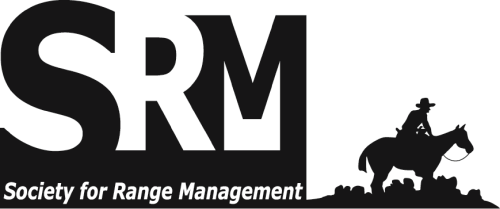Wildfire is a major threat to the greater sage-grouse (Centrocercus urophasianus) severely impacting key habitat every year. Although fire is a natural ecological process in these habitats, the presence of annual grasses has increased the continuity of fuels and has aided in shortening the fire return interval. Many studies have observed how fire affects plant communities at different grazing usage, but few have looked at how livestock grazing alters fire behavior in sagebrush ecosystems. Even without scientific studies, livestock grazing has been suggested as a tool to reduce fine fuel biomass and fuel continuity. This study bridges a gap in our knowledge of how livestock grazing can be used to reduce fire behavior. We created 30 paddocks (30 x 30 meters) in mountain and Wyoming big sagebrush ( Artimisia tridentata) ecosystems. Cattle were used to graze at low and moderate utilization levels, 30-40% and 55-65% respectively, in the summer (June-July) and fall (September). Utilization was 60% and 31% in the Wyoming big sagebrush and 55% and 33% in the Mountain big sagebrush summer treatment paddocks. A prescribed burn was conducted across control and grazed plots in late September of 2015 and flame height, rate of spread, burn characteristics were observed. The interaction between grazing treatment, fuel loads, and fire behavior will be discussed.

Oral presentation and poster titles, abstracts, and authors from the Society for Range Management (SRM) Annual Meetings and Tradeshows, from 2013 forward.